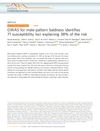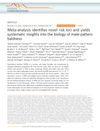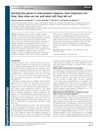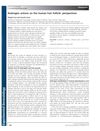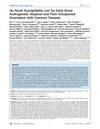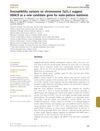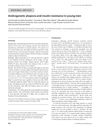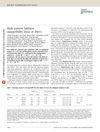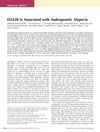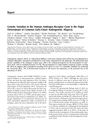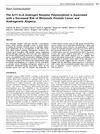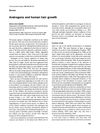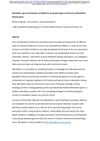Dissection of Genetic Variation and Evidence for Pleiotropy in Male Pattern Baldness
December 2018
in “
Nature Communications
”
male pattern baldness MPB genetic variation pleiotropy heritable polygenic pedigree-heritability SNP-heritability genome-wide loci X-chromosome genetic correlations earlier puberty bone mineral density pancreatic ß-cell function common variants genetic architecture negative selection pleiotropic selection fertility late-onset diseases baldness hair loss genetics genes inheritance polygenic traits genetic markers chromosomes early puberty bone health pancreatic function common genes genetic structure negative genetic selection pleiotropic effects reproductive health age-related diseases
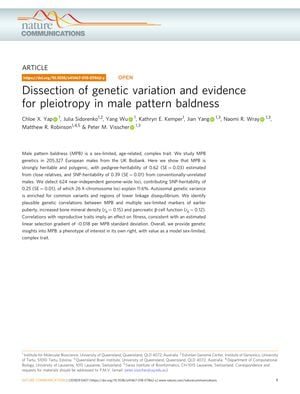
TLDR Male pattern baldness is mostly inherited, involves many genes, and is linked to other traits like early puberty and strong bones.
The study, involving 205,327 European males from the UK Biobank, found that male pattern baldness (MPB) is highly heritable and polygenic, with a pedigree-heritability of 0.62 and SNP-heritability of 0.39. A total of 624 near-independent genome-wide loci were identified, with 26 loci on the X-chromosome explaining 11.6% of the SNP-heritability. The study also discovered genetic correlations between MPB and traits such as earlier puberty, increased bone mineral density, and pancreatic ß-cell function, indicating pleiotropy. These findings suggest that common variants, particularly on the X-chromosome, significantly contribute to the genetic architecture of MPB, and the trait may be subject to weak negative selection and pleiotropic selection, with implications for fertility and late-onset diseases.
